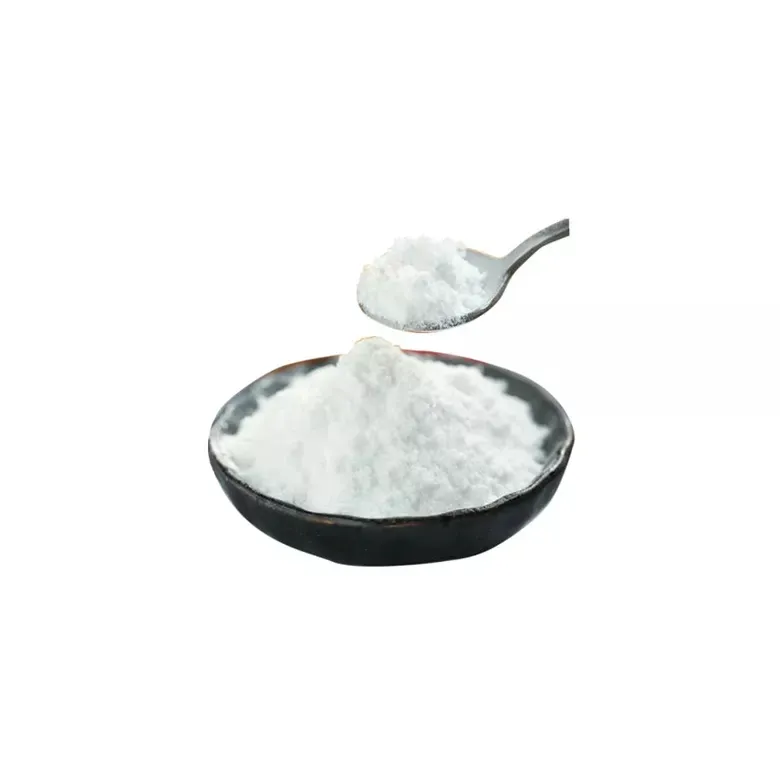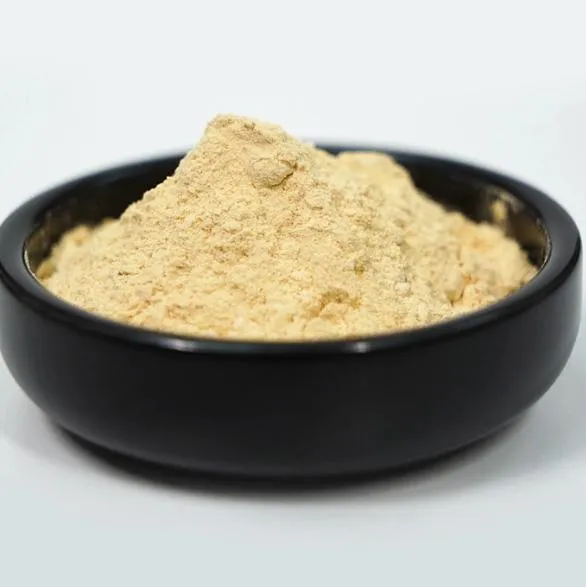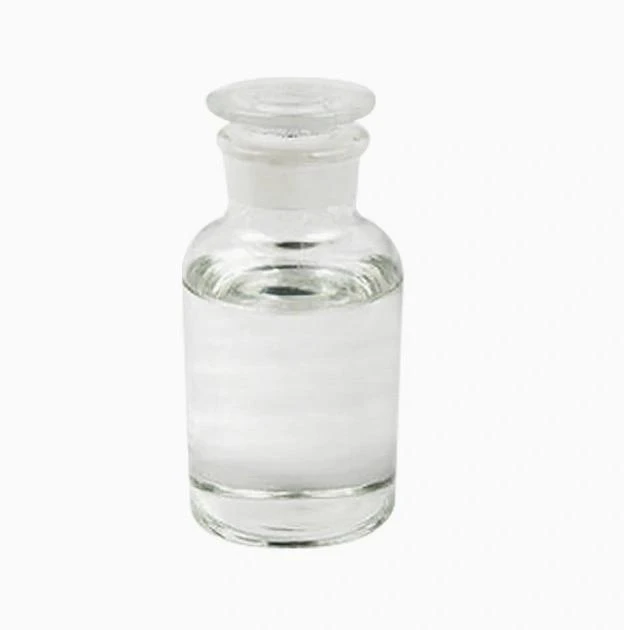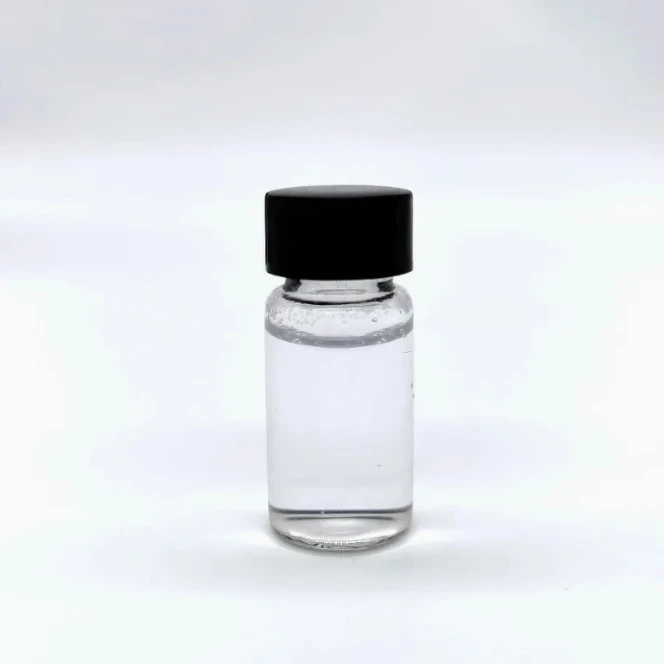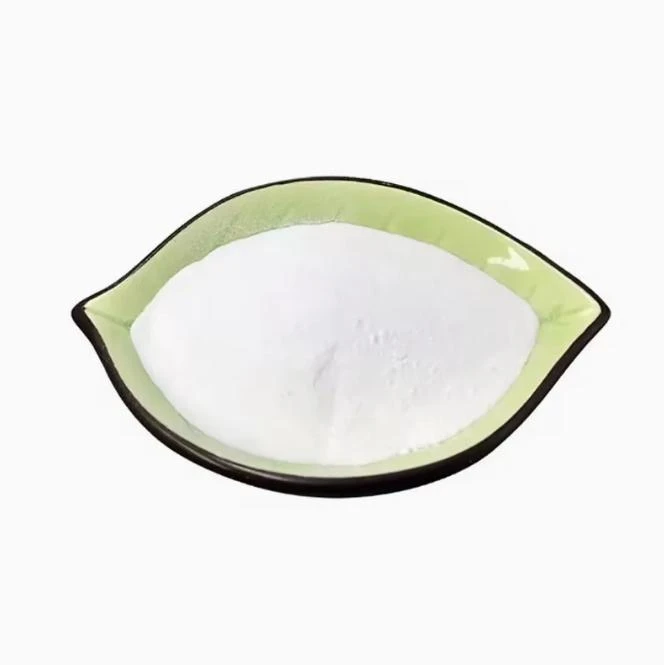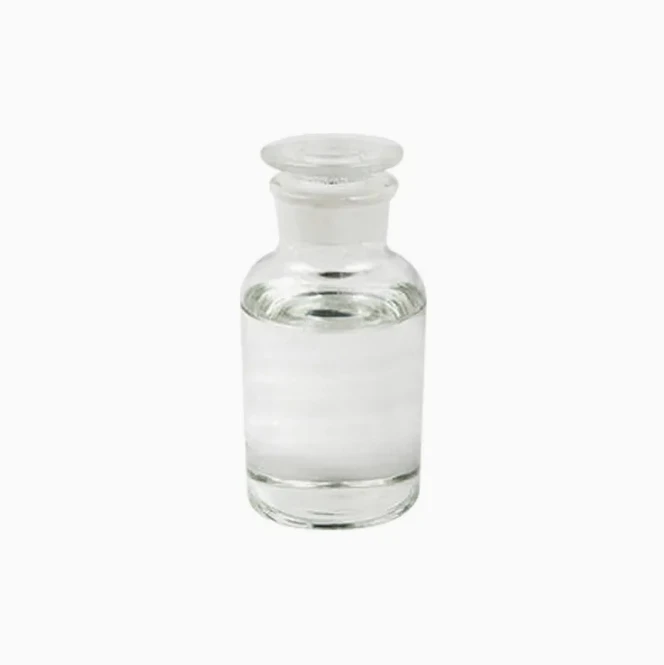Warning: Undefined array key "file" in /home/www/wwwroot/HTML/www.exportstart.com/wp-content/themes/1198/header.php on line 7
Warning: Undefined array key "title" in /home/www/wwwroot/HTML/www.exportstart.com/wp-content/themes/1198/header.php on line 7
Warning: Undefined array key "title" in /home/www/wwwroot/HTML/www.exportstart.com/wp-content/themes/1198/header.php on line 7
- Awherika
- Albanian
- Amharic
- Arapi
- Arameni
- Azerbaijani
- Basque
- Belarusian
- Bengali
- Bosniana
- Bulgarian
- Katarana
- Cebuano
- Haina
- Haina (Taiwan)
- Korihika
- Koroatiana
- Czech
- Teniana
- Tatimana
- Ingarihi
- Esperanto
- Estonian
- Finnish
- Wīwī
- Frisian
- Kariri
- Georgian
- Tiamana
- Kariki
- Gujarati
- Haiti Creole
- hausa
- hawaii
- Hiperu
- Kao
- Miao
- Hungarian
- Tiorangi
- igbo
- Initonia
- Irish
- Itari
- Hapanihi
- Hawaana
- Kannada
- Kazakh
- Khmer
- Rwandan
- Koreana
- Kurdish
- Kyrgyz
- TB
- Latina
- Latvian
- Lithuanian
- Luxembourgish
- Makeronia
- Malgashi
- Malay
- Malayalam
- Marite
- Maori
- Mareti
- Mongolian
- Myanmar
- Nepali
- Norewai
- Norewai
- Occitan
- Pashto
- Pahia
- Porohia
- Potiti
- Punjabi
- Romanian
- Ruhia
- Hamoa
- Scottish Gaelic
- Serbian
- Ingarihi
- Shona
- Sindhi
- Sinhala
- Slovak
- Slovenian
- Somali
- Paniora
- Hatana
- Swahili
- Huitene
- Tagalog
- Tajik
- Tamil
- Tatara
- Telugu
- Thai
- Turkish
- Turkmen
- Iukereiniana
- Urdu
- Uighur
- Uzbek
- Vietnamese
- Welsh
- Awhina
- Yiddish
- Yoruba
- Zulu
Dl-Tartaric Acid
Tartaric acid is commonly used in the preparation of medicines, mordants and tanning agents, and is also commonly used as a reagent for the resolution of racemic basic compounds. It is also a sour agent in food additives, sourness is better than malic acid, lactic acid and so on. Several of its salts have important applications. For example, the Fehling reagent is formulated with potassium sodium tartrate in the laboratory to identify aldehyde functional groups in the structure of organic molecules. Its potassium and sodium salt is also called Rochelle's salt. Its crystals are polarized under pressure to produce a potential difference (piezoelectric effect) on both ends of the surface, which can be made into piezoelectric elements for radio and cable broadcasting. The receiver and pickup. Medically, potassium antimony tartrate (commonly known as tartrate) is used to treat schistosomiasis.




DL- tartaric acid can be used as sour agent, chelating agent, antioxidant synergist, flavoring agent, fast-acting leavening agent acidic substance, food coloring dilution, curing agent. Dl-tartaric acid is widely used in food, medicine, chemical, light industry and other industries, mainly used in the manufacture of tartrate, in the food industry as beer foaming agent, food sour agent, flavor correction agent, grape juice sour agent. Also used for tanning leather, photography, glass, enamel, telecommunications equipment, etc.
This product is widely used in food, medicine, chemical industry, light industry and other industries. In the food industry, tartaric acid is an excellent sour agent, its sourness is 1.2-1.3 times that of citric acid, and its flavor is unique. According to my country's hygienic standards for the use of food additives, it is mainly used in combination with citric acid, malic acid, etc., and can be used in beverages, cans, jams, candies, etc., because tartaric acid has properties that other edible organic acids do not have when used as a raw material for baking powder. properties, so it can also be used as a chelating agent, antioxidant synergist, flavoring agent, and quick-acting leavening agent in some situations. In the pharmaceutical industry, tartaric acid can be used as a pharmaceutical intermediate and efficient resolving agent. In the chemical industry, it can be used to produce tartrate and tartrate ester, and can be used as a cleaning agent and polishing agent for metal surfaces. In the textile industry, tartaric acid and tannin can be used as dyeing agents for acid dyes. In addition, tartaric acid also has important applications in leather, cement, photographic development and other industries.
He maha nga wheketere kounga teitei me te mahi tahi, ka taea e koe te whakarato i nga hua o te kounga teitei me nga utu whakataetae. Ka taea hoki e matou te tuku utu mo nga hokonga nui.A ka mahi tahi matou me te maha o nga kamupene kawe utanga ngaio, ka taea te tuku hua ma te humarie me te pai ki o ringaringa. Ko te wa tuku mo nga ra 3-20 i muri i te whakapumautanga o te utu.
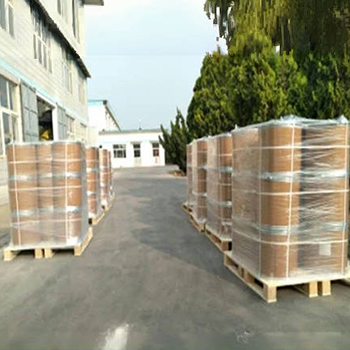



| Testing Item | Paerewa | Hua |
| Characters | White crystalline powder | White crystalline powder |
| Content (on dry basis) (%) | ≥99.5 | 99.71 |
| Sulphate (SO4) (%) | ≤0.04 | <0.04 |
| Heavy metals (pb) (%) | ≤0.001 | <0.001 |
| Arsenic (As) (%) | ≤0.0002 | <0.0002 |
| Oxidable matter (%) | passed | passed |
| Loss on drying (%) | ≤0.5 | 0.38 |
| Residue on ignition (%) | ≤0.1 | 0.06 |
| Melting point (ºC) | 200~206 | 205 |

1. He wheketere koe, he kamupene hokohoko ranei?
He kamupene matou e whakauru ana i te ahumahi me te hokohoko, e whakarato ana i te ratonga kotahi-mutu. Ka taea e OEM te whakaae.
2. Kei te whakarato koe i nga tauira? He kore utu, he taapiri ranei?
Ko nga tauira kore utu.Ko te utu utauta a te tauira me utu e to taha.
3. Kei a koe etahi tiwhikete e pa ana ki te mana kounga?
ISO 9001: Tiwhikete 2008 hei whakarite i te kounga.
4. He aha te mea me whakarato e au ki te tiki korero?
Pls whakamohio mai ki a matou mo te momo hua e hiahiatia ana e koe, te rahinga ota, te wahitau me nga whakaritenga motuhake.Ka mahia te korero mo to tohutoro i te waa.
5. He aha te ahua o te tikanga utu e pai ana koe? He aha nga momo tikanga e whakaaetia ana?
Nga Tikanga Tukunga Whakaaetia: FOB,CFR,CIF,EXW;
Moni Utu Whakaaetia:USD;
Momo Utu Whakaae: T / T, Western Union; Paypal, Tauhokohoko Tauhokohoko.
Te Reo Korero:Maori.
Nga waahanga hua
-
 May . 07, 20252025 New York Cosmetics Ingredients ExhibitionThe much-anticipated 2025 Cosmetics Ingredients New York will be held at the Javits Center in New York from June 3 to 4, 2025. This event will bring together industry leaders, innovators and enthusiasts from all over the world to discuss the latest trends and advances in the field of cosmetic ingredients.
May . 07, 20252025 New York Cosmetics Ingredients ExhibitionThe much-anticipated 2025 Cosmetics Ingredients New York will be held at the Javits Center in New York from June 3 to 4, 2025. This event will bring together industry leaders, innovators and enthusiasts from all over the world to discuss the latest trends and advances in the field of cosmetic ingredients. -
 Apr . 27, 2025Zibo will host the 2025 International Chemical ExpoZibo, a city known for its thriving chemical industry, will host the 2025 Zibo International Chemical Expo from May 16 to May 18, 2025. This highly anticipated event aims to bring together industry leaders, innovators and stakeholders from around the world to explore the latest advancements and trends in the chemical industry.
Apr . 27, 2025Zibo will host the 2025 International Chemical ExpoZibo, a city known for its thriving chemical industry, will host the 2025 Zibo International Chemical Expo from May 16 to May 18, 2025. This highly anticipated event aims to bring together industry leaders, innovators and stakeholders from around the world to explore the latest advancements and trends in the chemical industry. -
 Apr . 22, 20252025 Yokohama Cosmetics Raw Materials and Technology ExhibitionYOKOHAMA, Japan – The City of Yokohama is preparing to host the much-anticipated Cosmetics Ingredients & Technologies 2025 from May 14 to May 16, 2025. The premier event is expected to attract industry professionals, innovators and enthusiasts from around the world to showcase the latest advancements in cosmetic ingredients and technologies.
Apr . 22, 20252025 Yokohama Cosmetics Raw Materials and Technology ExhibitionYOKOHAMA, Japan – The City of Yokohama is preparing to host the much-anticipated Cosmetics Ingredients & Technologies 2025 from May 14 to May 16, 2025. The premier event is expected to attract industry professionals, innovators and enthusiasts from around the world to showcase the latest advancements in cosmetic ingredients and technologies.


